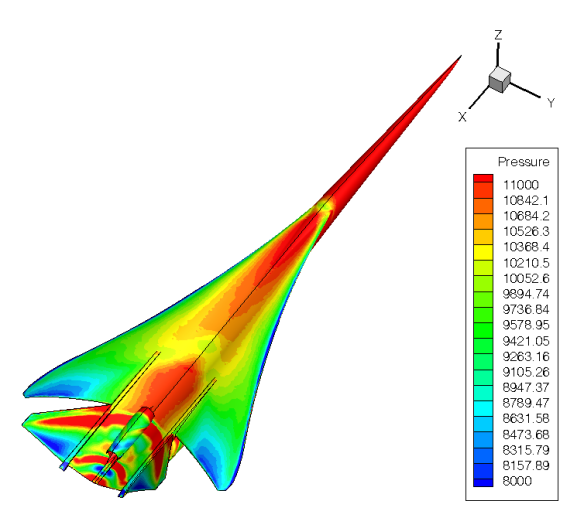Our simulation informatics blog hasn’t received much attention recently. I (Paul) have been getting settled in my new position at Colorado School of Mines—learning how to be a professor. David has been busy with his gig at Purdue and his other blog. We’re also both in talks with the folks at SIAM about writing for their upcoming blog; stay tuned for that.
You can stay up-to-date with our latest musings on computational math by following us on Twitter: @DrPaulynomial and @dgleich, respectively.



